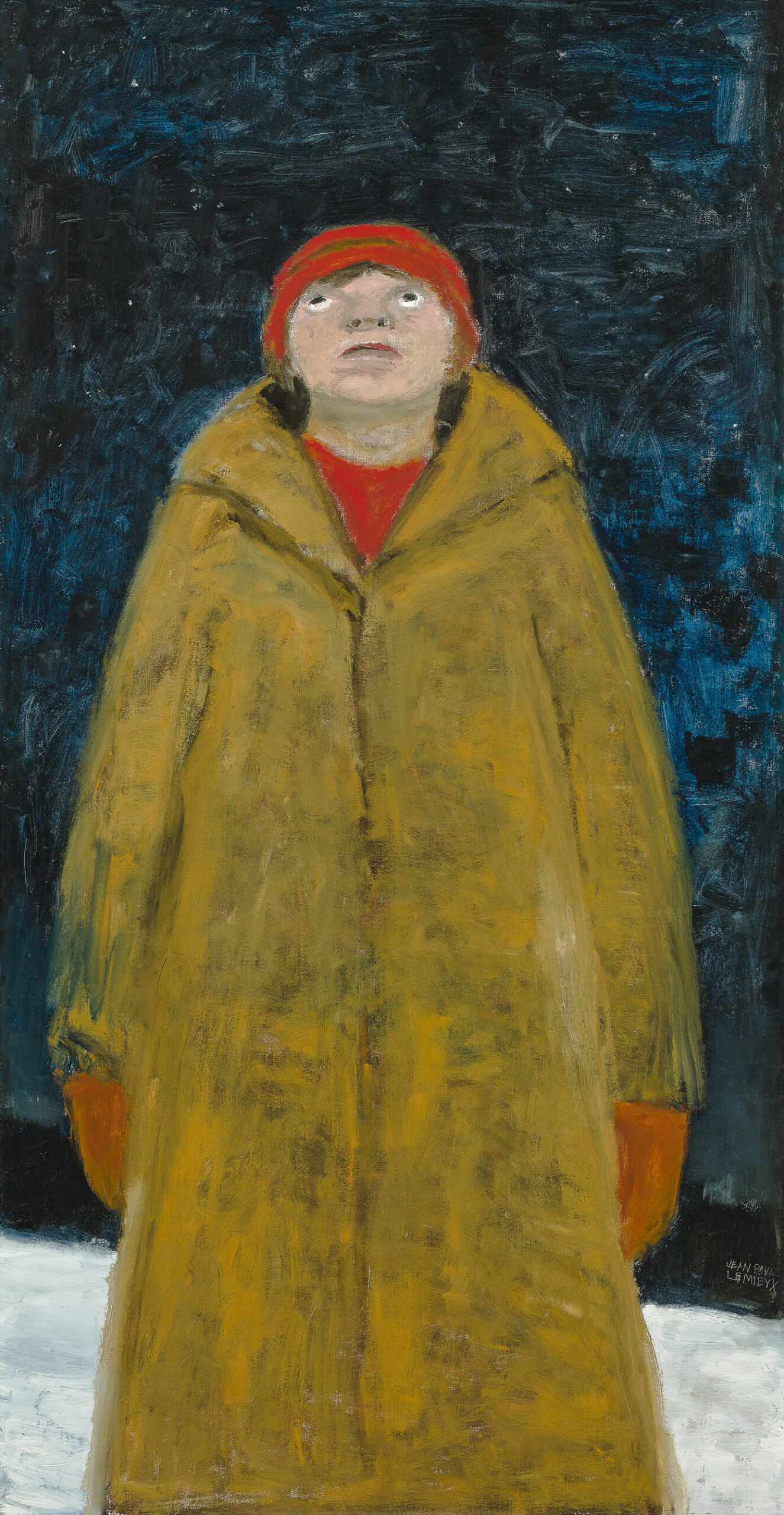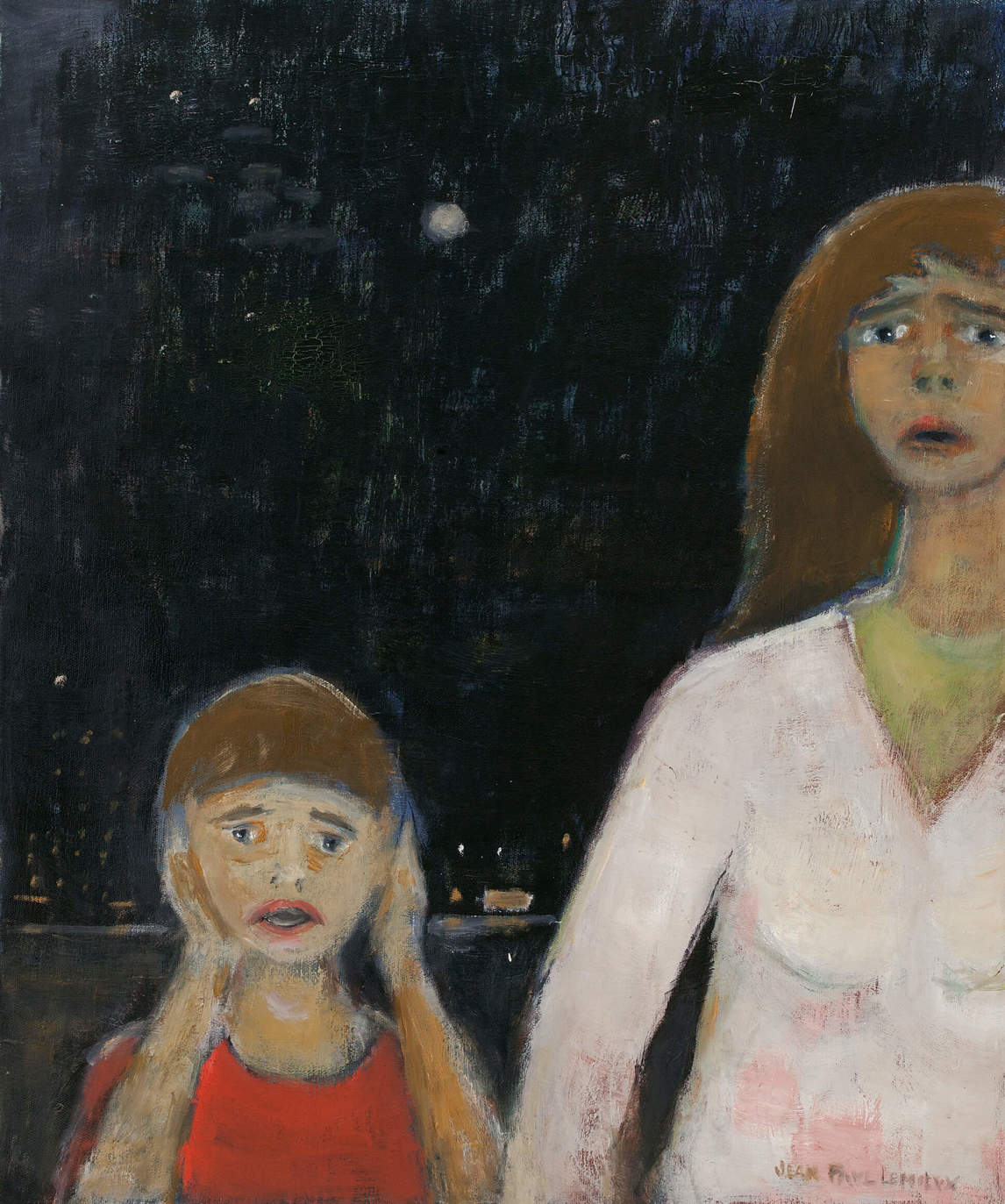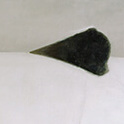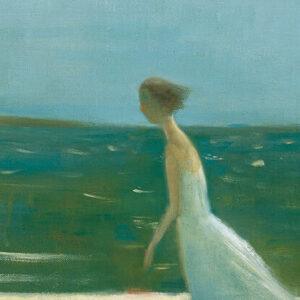Turned Towards the Cosmos c. 1980–85

Jean Paul Lemieux, Turned Towards the Cosmos (Tourné vers le cosmos),
c. 1980–85
Oil on canvas, 135 x 70.5 cm
Musée national des beaux-arts du Québec, Quebec City


The pictorial field of this painting, representative of Jean Paul Lemieux’s Expressionist period (1970–1990), is entirely given over to Man in quest of meaning. The essence of the subject is simply a person, apparently young, looking up at the sky. The immensity of the celestial vault above, faintly brightened by a few gleams of starlight, here takes the place of the vast terrestrial expanses that we have come to expect from Lemieux. Visible on the surface of this canvas is the unmistakable imprint of a man who at the end of his life is giving material form to the terrors aroused in him by human destiny. His tormented vision is expressed in a thick pictorial material applied in broad, bitter brushmarks. Dark colours dominate all of his paintings from the 1980s and their titles are disturbing, such as Sunlight at the Scene of War (Le soleil de la guerre), c. 1982; Nuclear Winter (Hiver nucléaire), 1986; Hell Is Other People (L’enfer, ce sont les autres), 1987; and Anguish (Angoisse), 1988.
Turned Towards the Cosmos belongs with these tragic paintings, which are part of the Expressionist tradition of Edvard Munch (1863–1944), whose Nordic sensibility Lemieux shares. Almost a century after it was painted, Munch’s famous The Scream, 1893, echoed through Lemieux’s later paintings, and it became associated with the Neo-Expressionism that brought figurative painting back to Europe and North America at the end of the 1970s.
When art historian Marie Carani met Lemieux, then aged eighty-five, he told her he was not aware of these recent developments in art, although he admitted to sharing the feelings they express. Secluded from the world in his refuge in L’Isle-aux-Coudres, Jean Paul Lemieux continued to practise an art that was still vital, still open to the present day, and always, until the end, fundamentally independent.

 About the Author
About the Author
 More Online Art Books
More Online Art Books
 Acknowledgements
Acknowledgements